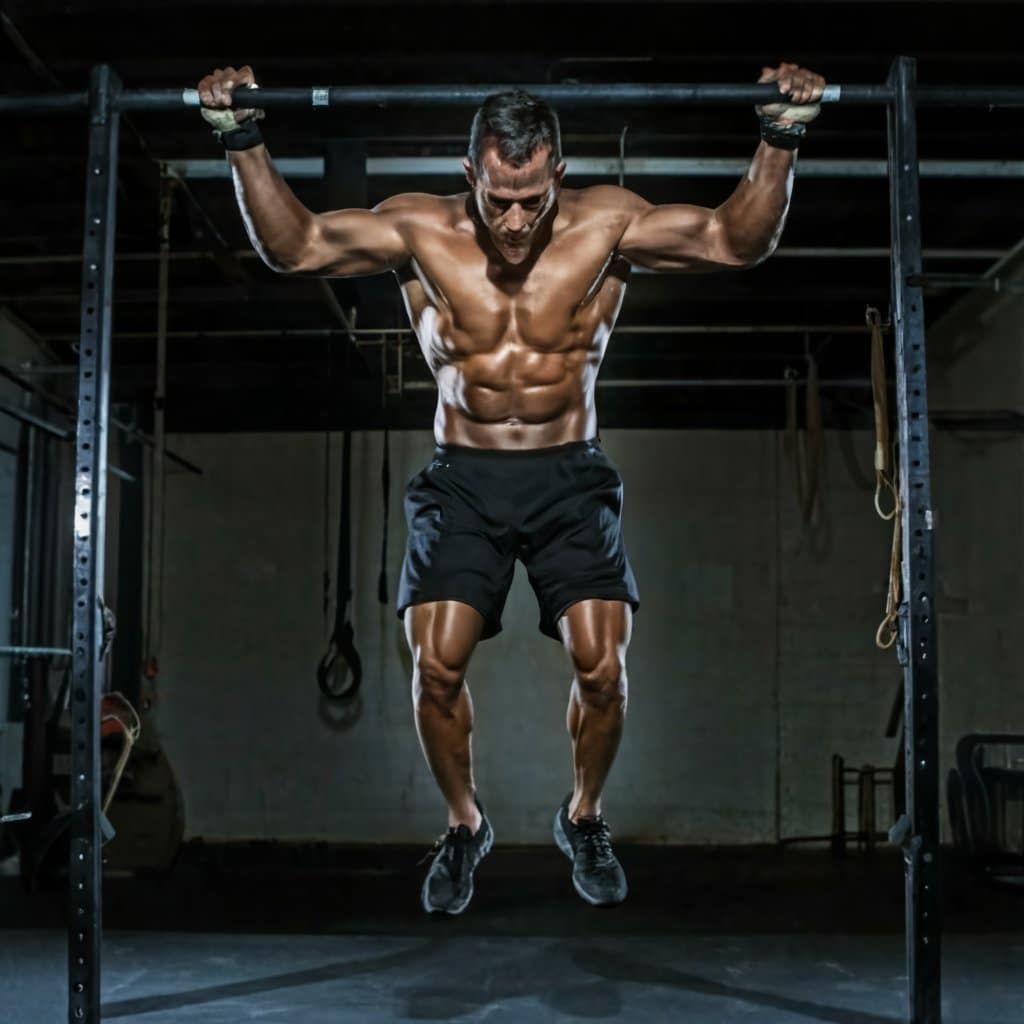Incorporating power and agility training into your workout routine can yield significant benefits in performance, speed, and injury prevention. Whether you’re an athlete, fitness enthusiast, or someone looking to enhance overall physical resilience, understanding how to optimize power and agility can unlock new levels of performance.
What is Power and Agility Training?
Power and agility training focuses on developing strength, speed, and quickness. While power training emphasizes explosive strength to propel movement, agility training enhances balance, coordination, and directional change. Combining these can lead to faster reaction times and superior movement efficiency, beneficial for sports and daily activities alike.
Key Components of Power Training
Power training is about maximizing force output in the shortest time possible. Key components include:
- Explosive Movements: Exercises like box jumps, power cleans, and plyometrics develop fast-twitch muscle fibers, enabling quick, powerful movements.
- Strength Building: Compound lifts such as deadlifts, squats, and bench presses build foundational strength, essential for generating explosive power.
- Speed Training: Adding sprints or high-velocity exercises increases the body’s capacity for fast movement, critical for sports like basketball, soccer, and football.
Key Components of Agility Training
Agility training emphasizes quick changes in direction, balance, and foot speed. Essential elements include:
- Ladder Drills: These drills enhance foot speed, coordination, and control.
- Cone Drills: Useful for practicing swift directional changes, ideal for athletes in high-intensity sports.
- Balance Exercises: Movements that improve stability, such as single-leg squats, increase body control and reduce injury risk.
Benefits of Power and Agility Training
Incorporating power and agility training into a fitness routine offers numerous benefits:
- Enhanced Athletic Performance: Both power and agility training can lead to quicker reaction times, greater explosiveness, and improved coordination.
- Injury Prevention: By improving balance, stability, and muscular coordination, agility training reduces the risk of injuries.
- Improved Cardiovascular Health: Many agility drills involve high-intensity movements that boost cardiovascular endurance.
Creating a Balanced Power and Agility Workout
A well-rounded workout combines exercises from both power and agility training. Here’s a sample routine:
Warm-Up
- 5-10 minutes of light jogging or jumping rope
- Dynamic stretching (leg swings, arm circles)
Power Exercises
- 3 sets of box jumps (10 reps)
- 3 sets of power cleans (8 reps)
- 3 sets of explosive push-ups (10 reps)
Agility Exercises
- 3 sets of ladder drills (30 seconds each)
- 3 sets of cone drills (15 seconds each)
- 3 sets of shuttle runs (30 seconds each)
Cooldown
- 5-10 minutes of stretching, focusing on legs, arms, and core
Best Practices for Power and Agility Training
Follow these guidelines to get the most out of your power and agility training:
- Prioritize Form: Proper form is essential to maximize benefits and minimize injury risk.
- Incorporate Rest Days: Allowing muscles to recover is critical for progress.
- Mix It Up: Rotate exercises regularly to target different muscle groups and keep the workouts engaging.
FAQ: Power and Agility Training
What is the main difference between power and agility?
Power focuses on explosive strength, helping to move or lift quickly, while agility is about control, balance, and the ability to change direction smoothly and efficiently.
Can I combine power and agility training with other workout routines?
Yes, combining power and agility training with cardio or strength training is common and can lead to comprehensive fitness benefits.
How often should I practice power and agility exercises?
Aim for 2-3 sessions per week, allowing for adequate rest between workouts to prevent overtraining and support recovery.
Is agility training suitable for all ages?
Yes, agility training can be adapted for various fitness levels and ages. For seniors, exercises that focus on balance and coordination are particularly beneficial.
What equipment is best for power and agility training?
Common equipment includes jump ropes, agility ladders, cones, resistance bands, and plyometric boxes. However, many exercises can also be done with body weight only.
Conclusion
Power and agility training offers a wealth of benefits, from enhanced performance to improved injury prevention. By integrating these techniques into your fitness routine, you can build a well-rounded foundation for athletic and everyday activities. Embrace the balance of strength, speed, and control, and experience the transformative effects on your physical health.

